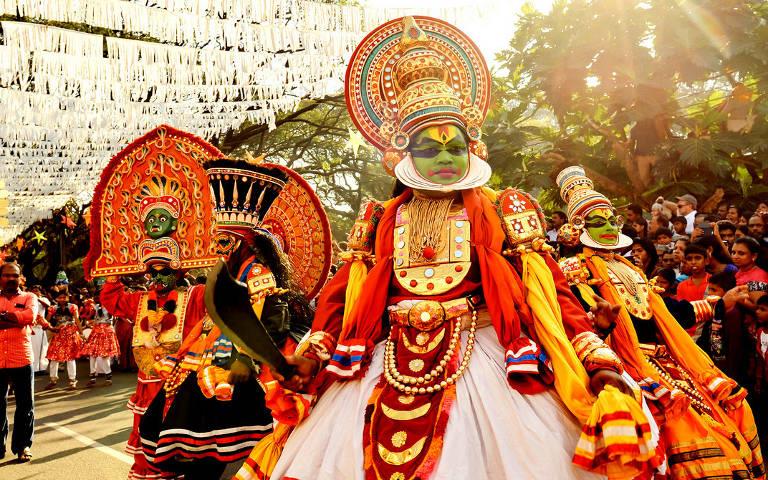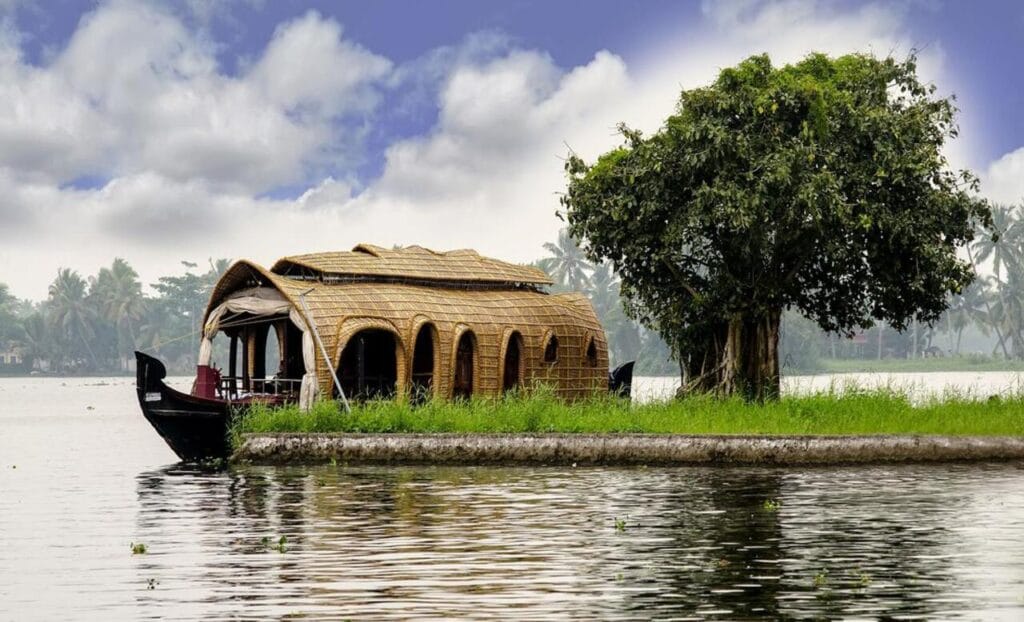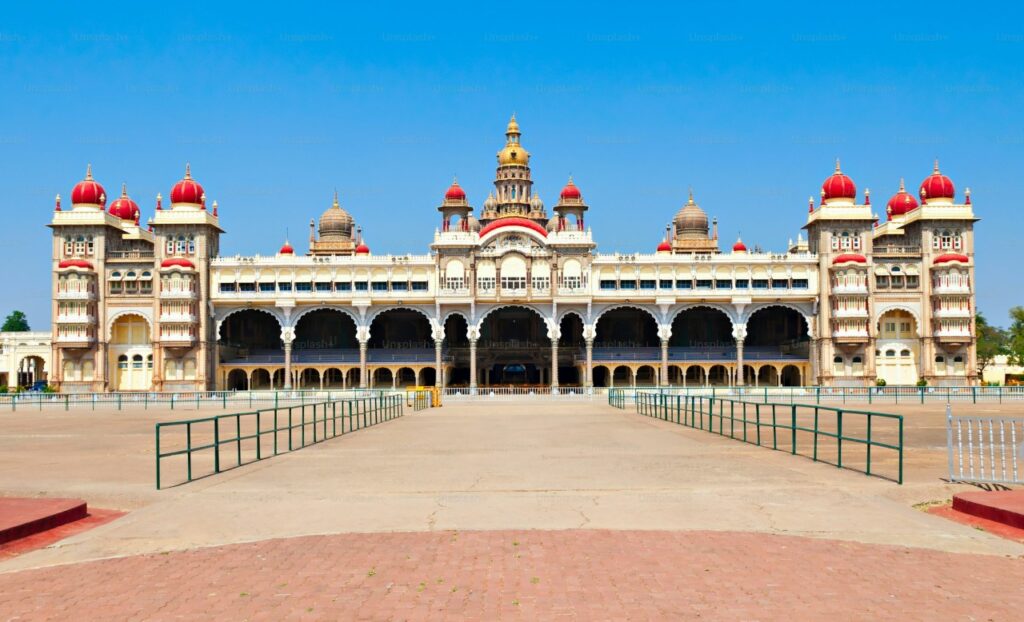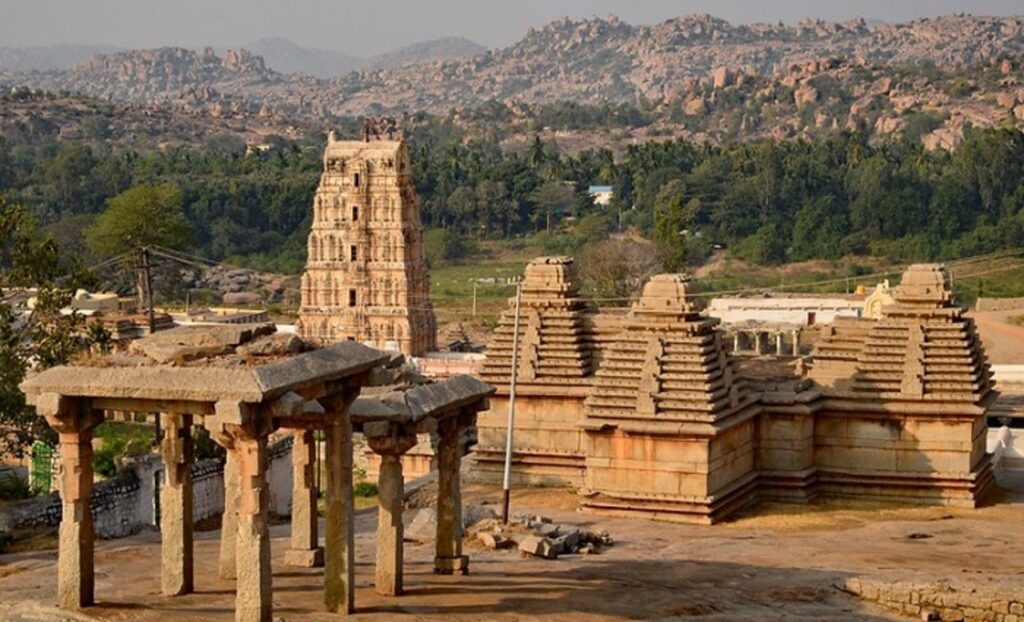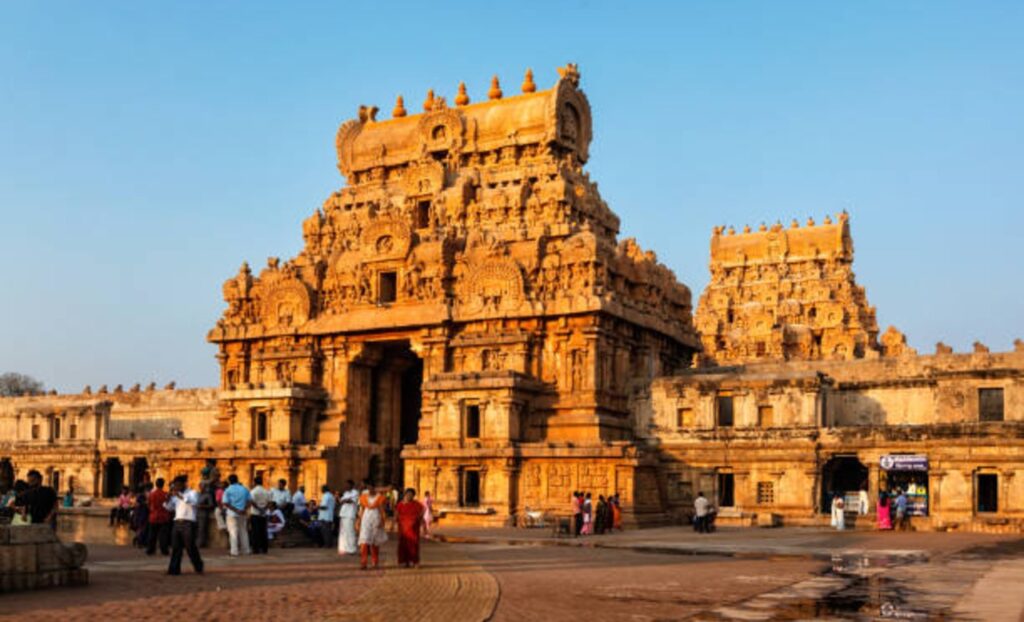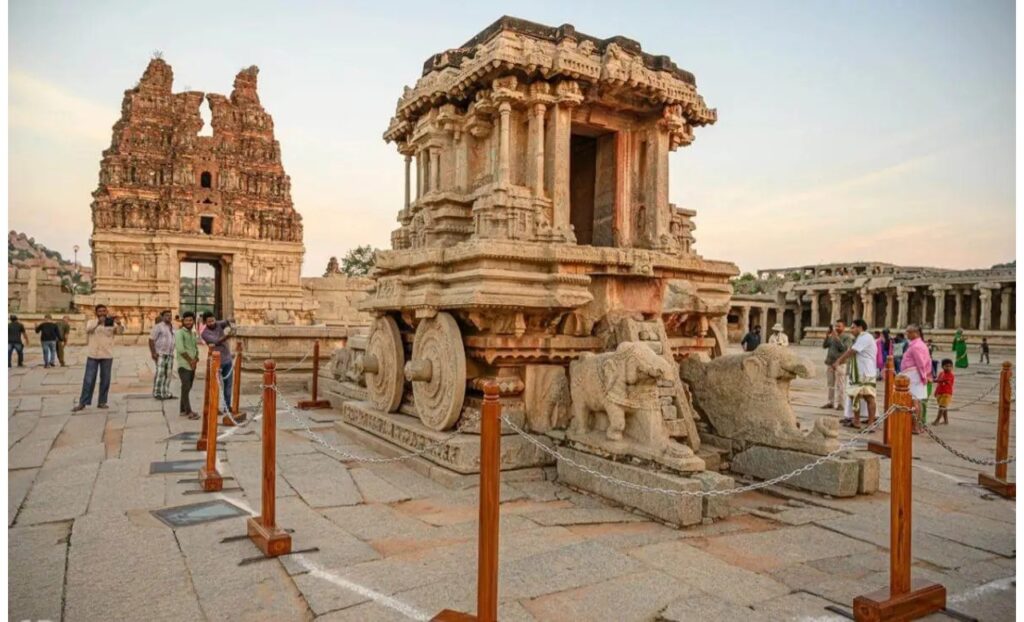Trip to South India
Trip to South India opens the door to a region filled with vibrant traditions, ancient temples, and lush green landscapes. Unlike the north, the south offers a calm, culturally rich experience with deep spiritual roots. From coastal towns to forested hills, every place tells a unique story.
By choosing the best travel agency in India, you ensure every part of your journey is seamless and secure. Our dedicated team helps you explore with insight, safety, and comfort. Additionally, you gain exclusive access to hidden gems known only to locals.
Authentic Experiences Backed by Expertise
Travel to South India is more than visiting famous spots. It’s about connecting with real people, tasting local cuisine, and witnessing everyday life. Therefore, your journey becomes personal, memorable, and life-changing.
Our agency, known as the best travel agency in India, crafts experiences that are ethical, immersive, and sustainable. We partner with trusted guides and communities, ensuring every encounter leaves a positive impact.
Culture, Nature, and Serenity
South India is blessed with diverse geography—beaches, hills, backwaters, and forests. Each state in the region showcases a unique identity. You will notice the subtle differences in architecture, language, and customs as you travel.
Because our planners know the terrain in detail, you avoid stress and confusion. We handle every arrangement while you focus on living each moment. That’s what makes us the best travel agency in India for cultural exploration.
Start Your Journey Today
Travel to South India and explore a land where traditions meet tranquility. Whether you seek spiritual growth, cultural insight, or scenic beauty, we deliver it all—responsibly and authentically.
Trust Art Of Travel India Holidays, the best travel agency in India, to make your journey meaningful and memorable. South India is waiting—let’s begin.

